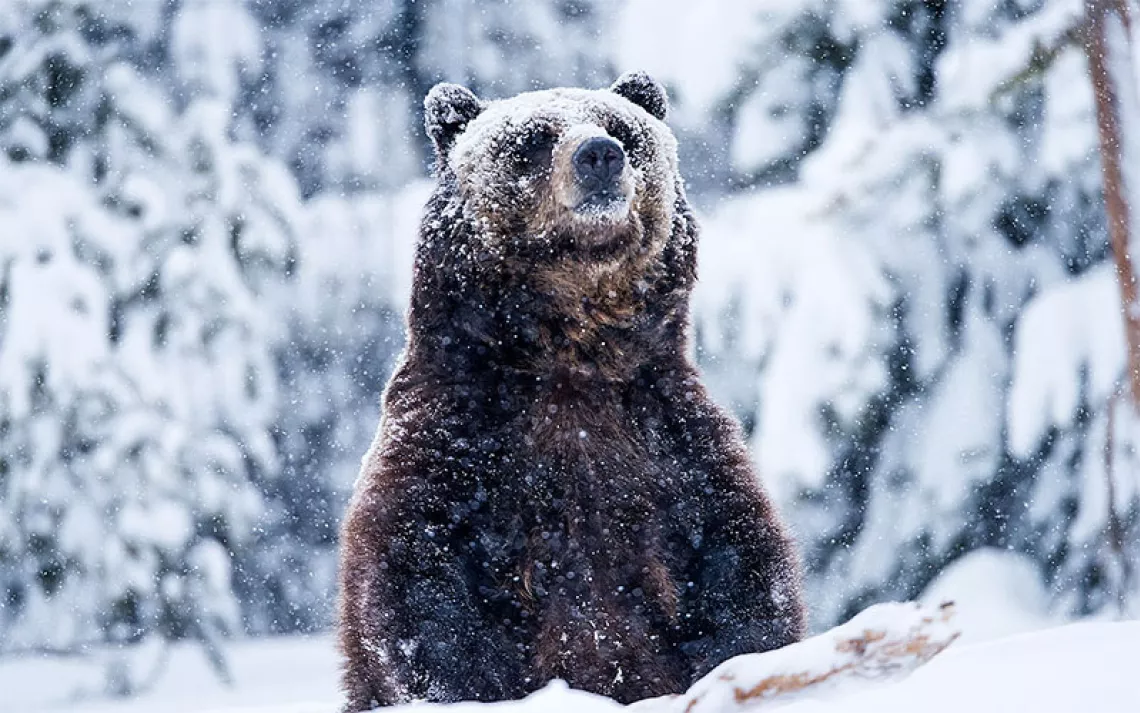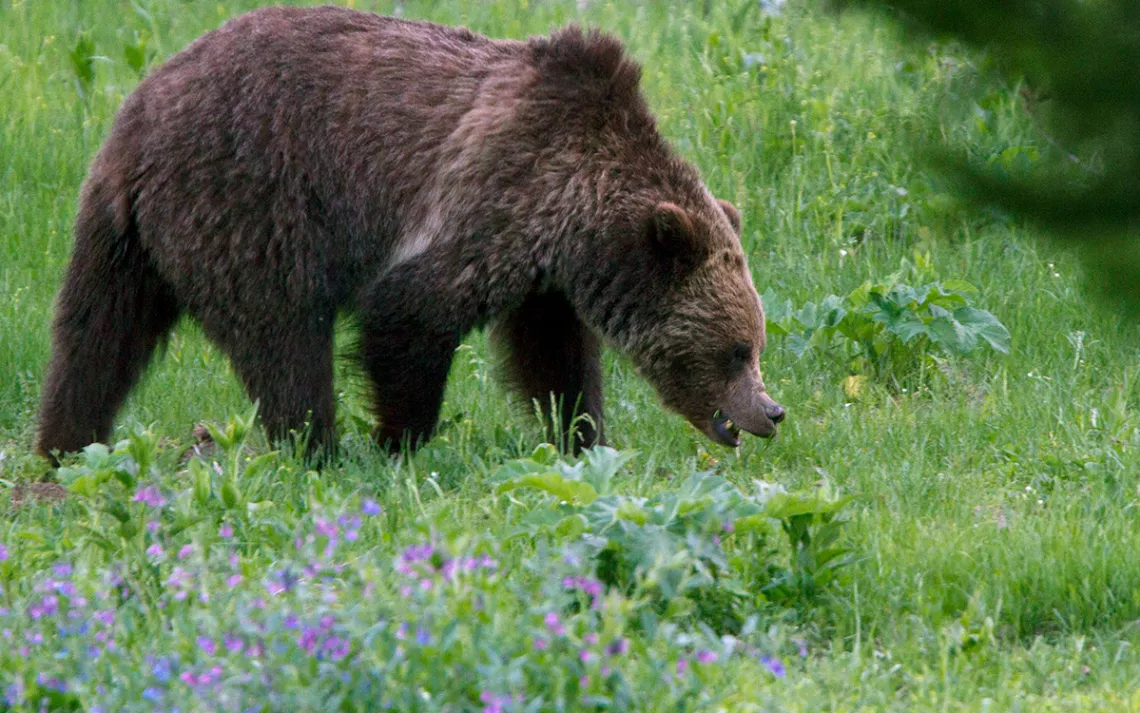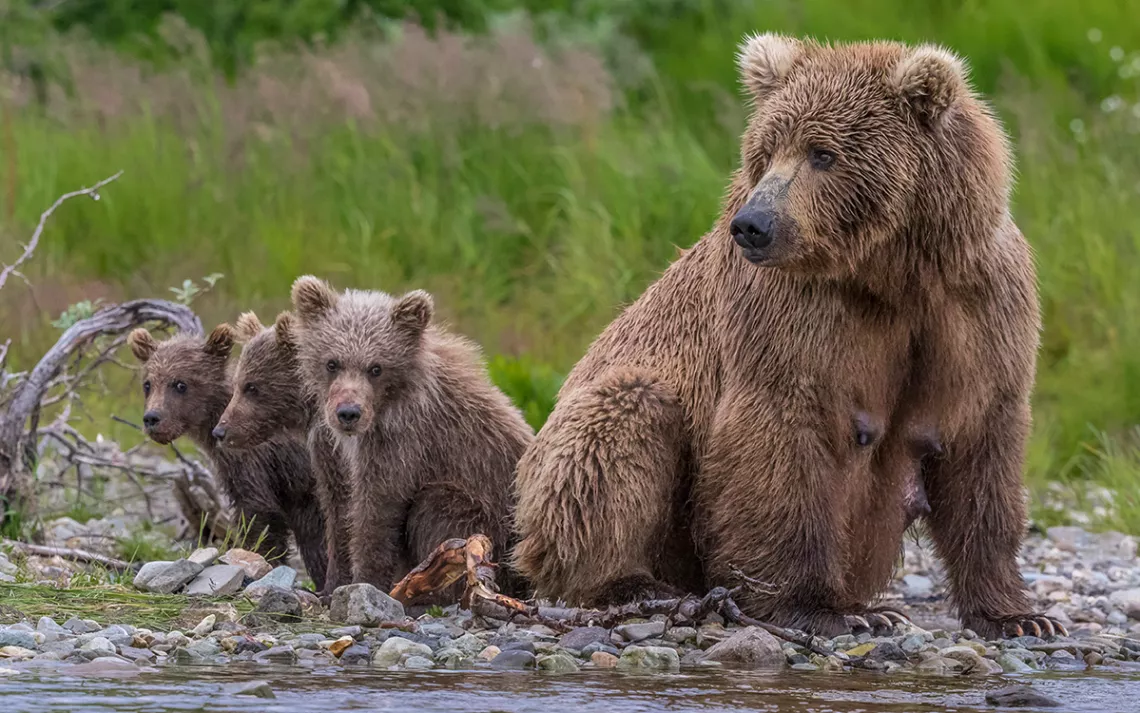How to Strike A Pose To Save Your Life
Make yourself look big? Play dead? Run? We've got your wildlife defense poses covered.
We hear all kinds of wildlife defense tactics—some are legitimate and some are ridiculous. We're setting the record straight.
Click through the slideshow below (and may the odds be ever in your favor):
Avoidance Is The Best Defense
Wildlife attacks are rare; avoidance is easy. Be sure to check a park's website for any wildlife advisories before embarking on a backcountry expedition and always travel with bear spray, bear bangers, and bear bells. These tools might seem bear-biased, but they will work on anything with a pair of eyes and a nose (or several—we heard one man's story about fending off an entire pack of wolves with a single bear banger).
Closures aren't the only alert to look out for: You might be required to hike in a larger group, like the grizzly advisory in the photo to the left (from Banff National Park). Larger groups tend to be louder, which minimizes your chances of sneaking up on a bear.
It is one thing to surprise wildlife, but it is another thing to invite it. If you travel with wet, odoriferous foods you are asking that grizzly to join you (or, er, have you) for lunch. Even dry foods require carefully sealed packaging.
Ultimately, wildlife attacks are a lot rarer than people think—especially when it comes to bears. Alaska Dispatch Times put it best: "People are 45 times more likely to be killed by a dog than by a bear, 120 times more likely to be killed by bees than a bear, and a whopping 250 times more likely to be killed by lightening than a bear."
So relax, take necessary precautions, and tuck these defense poses into the back of your mind in case you are incredibly unlucky. If you are that unlucky, do not even consider applying for these park lotteries.
 The Magazine of The Sierra Club
The Magazine of The Sierra Club









